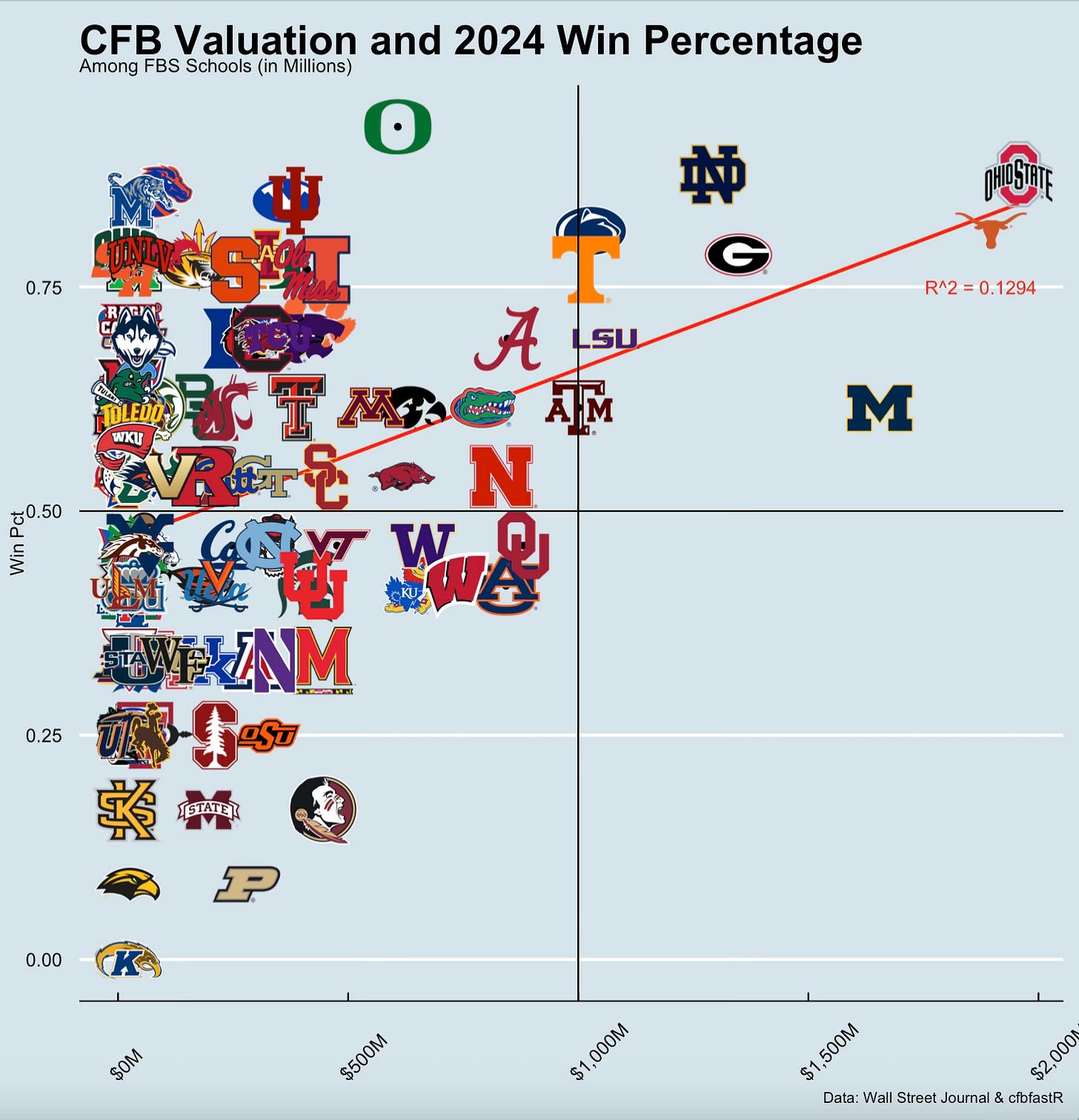The NIL Era is dead. Long live the NIL Era!
Earlier this week, I appeared on Offside Sports to discuss how the past four years of college football players making money off of their name, image and likeness will look nothing like what’s to come.
Now that universities will be allowed to pay its student-athletes $20.5 million, it will be up to each athletic program to determine how much of a cut the biggest sport, football, will get. After that, players can still earn money through NIL deals, but they must submit all requests through a clearinghouse. From Yahoo! Sports, for any deal to be approved, it must be proven that those hoping to pay the player is associated with the university, that there is a “valid business purpose” and that the “range of compensation” is fair for similar work and for athletes of a similar stature.
That last part, in my opinion, prevents college football from having as much parity as possible. Brand-name programs like Ohio State and Alabama can command more interest and more money for their players through NIL deals because employers would likely get a greater return on their investment going to them instead of smaller, less successful programs.
The truth is, money is still one of the more dominant factors when it comes to which college football programs are the most successful. Recently, the Wall Street Journal published a study that came up with a dollar amount for how much every FBS program would be worth if up for sale. The most expensive program just won the National Championship: Ohio State. I wanted to see what correlation these dollar amounts had to last season’s win percentage:
This relationship is statistically significant. Granted, there may be a little endogeneity because valuations may have gone up over the course of the season because of on-field success, but it is still fair to say that the greater the resources, the more successful the program (as seen with the red goodness-of-fit linear regression line). Teams above the line exceeded their performance given their value, while teams below the line likely failed to meet expectations.
For even more interpretation, if we assume every college football team plays 12 games, increasing your win percentage by 8.33% means winning an additional game. By this graph, to win an extra game, on average a program must be worth an additional $433 million.
It is a new era of college football, but it does not mean new names will be competing for the top prize.






Share this post